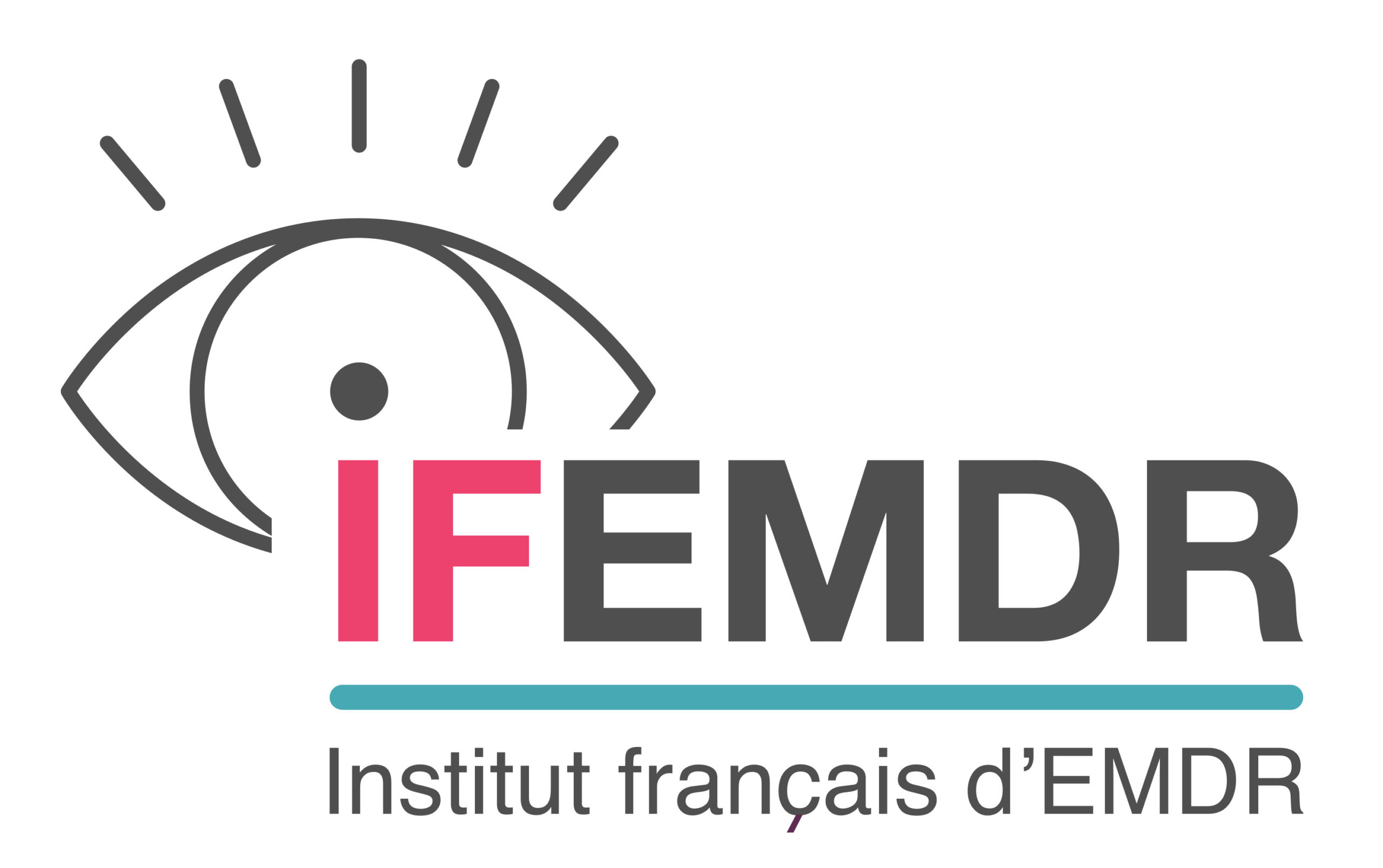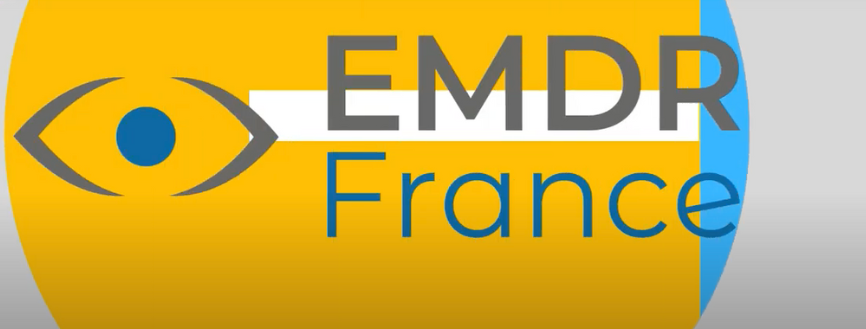
Les hallucinations verbales auditives et le diagnostic différentiel de schizophrénie et troubles dissociatifs
Mis à jour le 29 septembre 2022
Un article Les hallucinations verbales auditives et le diagnostic différentiel de schizophrénie et troubles dissociatifs : historique, empirique et perspectives cliniques, de Andrew Moskowitz, Dolores Mosquera, et Eleanor Longden, publié dans l’European Journal of trauma et dissociation, en janvier 2017.
Article en anglais – téléchargeable au format pdf
Introduction –
Despite the long association between auditory verbal hallucinations (AVH) or voice hearing and schizophrenia, recent research has demonstrated AVH’s presence in other disorders and in persons without a diagnosis, particularly amongst those with a history of traumatization. But are there differences in the type of voices between these populations?
Objective. –
To consider the status of the relationship between AVH and schizophrenia, in comparison to certain posttraumatic disorders, and the implications of this relationship both conceptually and clinically.
Method. –
The relationship between AVH and schizophrenia was reviewed from an historical and empirical perspective, in comparison to the posttraumatic or dissociative disorders, borderline personality disorder (BPD), posttraumatic stress disorder (PTSD) and dissociative identity disorder (DID). The relationship between AVH in general and dissociation was also considered. A psychotherapeutic approach to working with voices from a dissociation perspective was presented, along with a clinical case.
Results. –
AVH in schizophrenia appear to be very similar to AVH in other disorders, with some apparent differences disappearing when the person’s attitude toward their voices changes. However, compared to BPD, PTSD, or DID, AVH in schizophrenia tend to be first experienced much later in life (adulthood as opposed to adolescence or even childhood), rarely include ‘child’ voices, and exert significantly less control over the person’s behavior.
Conclusion. –
AVH are common in schizophrenia and posttraumatic disorders, and are not significantly differently manifested in these disorders. We contend that all voices are dissociative in nature, and can be most successfully treated through respectful engagement, which seeks to recognize the underlying purpose/concern of the voices, and transform the person’s relationship with their voices. The dissociative etiology of AVH in schizophrenia, however, may be somewhat different from that in other disorders – a ‘bursting through’ of dissociative parts associated with severe depersonalization, as opposed to a more gradual development through absorption and intense focus on internal states. In concert with Bleuler’s
original proposal of schizophrenia as ‘split mind’, it is proposed that schizophrenia might represent a ‘low level’ dissociative disorder. Research to further explore this proposal is suggested.
- Introduction
- Dissociation, structural dissociation of the personality, and dissociative disorders
- AVH and pseudo-hallucinations
- AVH and schizophrenia
- Prevalence and nature of AVH in schizophrenia and dissociative disordersAVH in schizophrenia and BPDAVH in schizophrenia and PTSDAVH in schizophrenia and DIDDiscussion
- Clinical experience in working with AVH in schizophrenia, BPD, PTSD and DIDGeneral guidelines to therapeutic work with voice hearersTrying to understand the meaning behind the voices’ commentsHow to improve the relationship with the voicesCase example
- Discussion
- Disclosure of interest
En savoir plus
- Lire l’article Les hallucinations verbales auditives et le diagnostic différentiel de schizophrénie et troubles dissociatifs, en anglais (article téléchargeable au format pdf gratuitement)
- Dossier EMDR dissociation et psychose
- Formation Trauma, dissociation et notions autour de l’attachement dans la psychose et la schizophrenie



